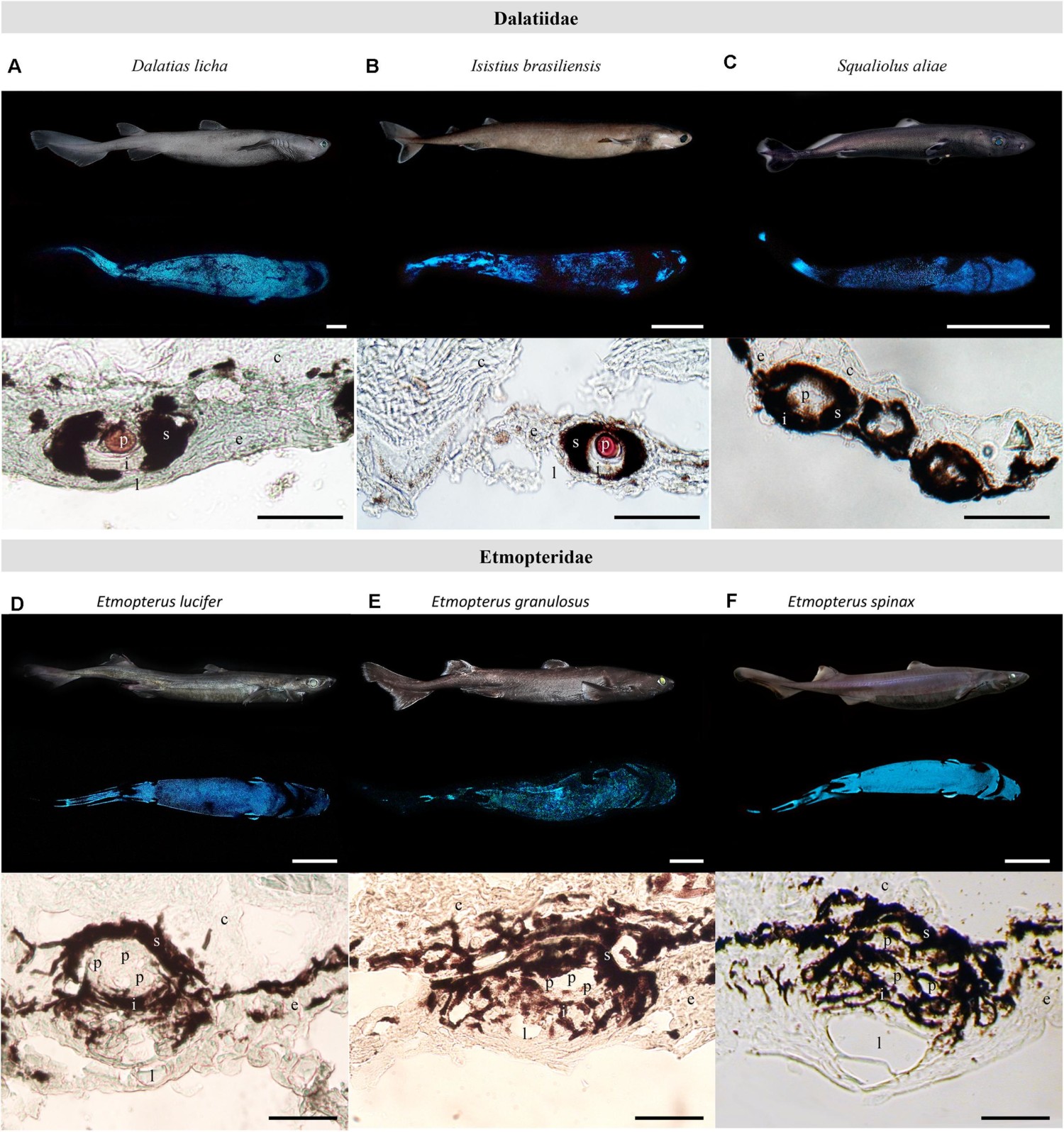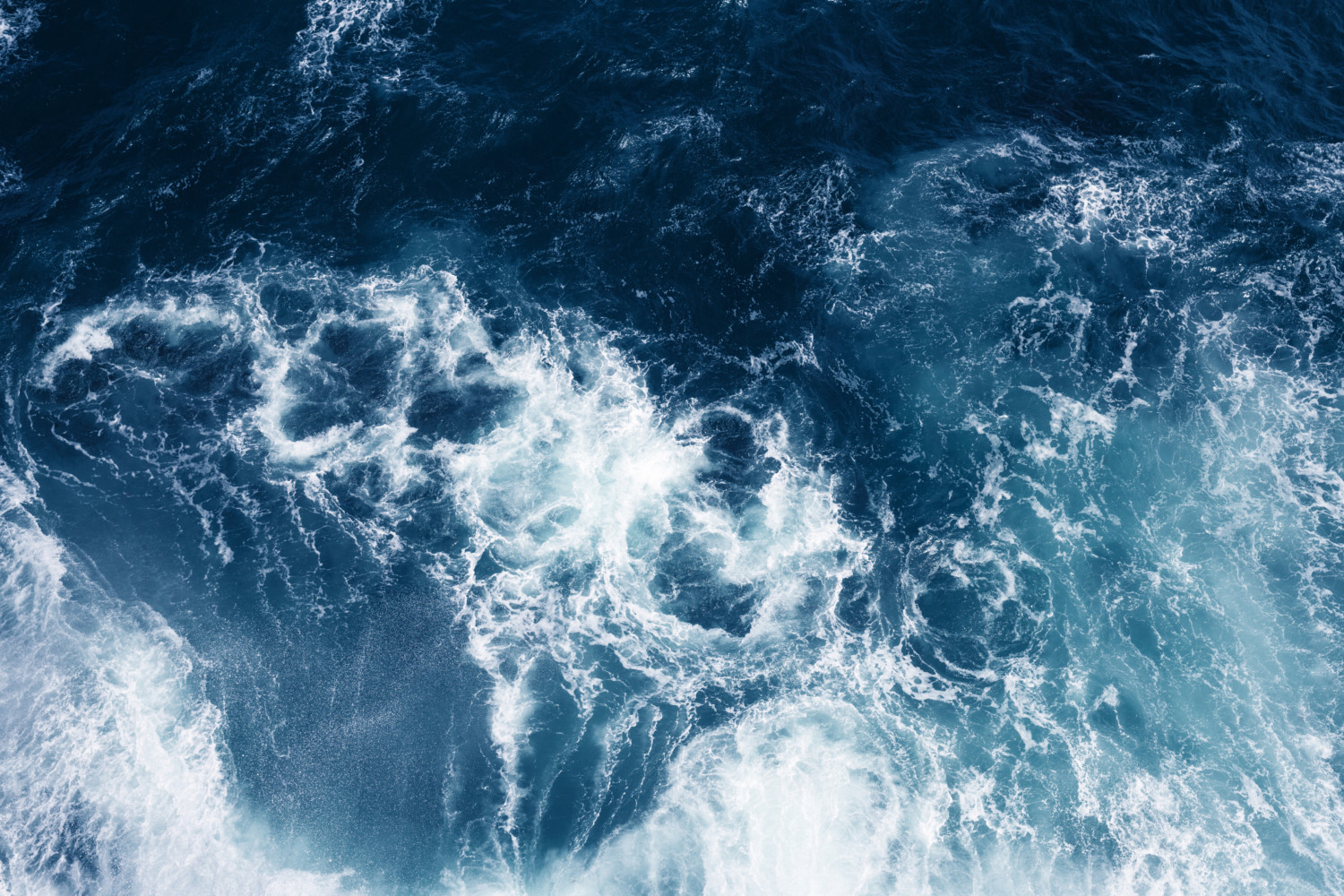While we often wonder what sort of life might be discovered as we explore space, there is still much to be known about our own planet. The deep seas hold a great deal of mystery, and researchers continue to discover curious and amazing creatures there. Case in point: Scientists recently confirmed that three shark species found in New Zealand glow in the dark.
Marine biologist Jérôme Mallefet and his team from the Université Catholique de Louvain Life Institute in Belgium published their research in the Frontiers in Marine Science journal along with photographs of the creatures they studied. The three deep-sea shark species are bioluminescent, so specialized cells in their skin produce a soft blue-green light. All of these sharks live in what is often called the ocean’s “twilight zone,” which extends from a depth of 660 to 3,300 feet below sea level where solar light cannot penetrate.
As part of their research, the scientists took the first-ever photos of a glow-in-the-dark shark producing its own light.

The study notes that six species of lanternshark have been found in New Zealand waters, but, prior to this research, only one species, Etmopterus molleri, had been confirmed as being able to produce its own light. Mallefet’s team, which studied fish collected during a survey in January 2020, has now recorded and analyzed bioluminescence in Etmopterus lucifer (the black belly lantern shark), Etmopterus granulosus (southern lantern shark), and the Dalatias licha, or the kitefin shark, which grows to a length of nearly six feet.
Although giant squid, which can be as massive as 59 feet, are also known to produce light, the kitefin is now the largest known bioluminescent vertebrate.
Mallefet explained that the large sharks don’t use their light to be seen but rather to “disappear,” as their bioluminescence helps them camouflage against the faint glow of the ocean’s surface. Not only does this protect them from predators swimming below them, but it also makes hunting prey easier. However, the scientists do not understand why the shark’s dorsal fin glows.
The biologists plan to study the sharks in greater detail in the future. Along with further research on the dorsal fins, they want to learn about what the sharks eat and whether other predators eat them. However, the ultimate goal is to learn more about the deep sea and encourage humans to take greater actions toward preserving it.

“I fear that we have done a lot of mistakes throwing stuff in the sea,” Mallefet told CNN. “I fear what will happen for the next generations.”
This story originally appeared on Simplemost. Checkout Simplemost for additional stories.


